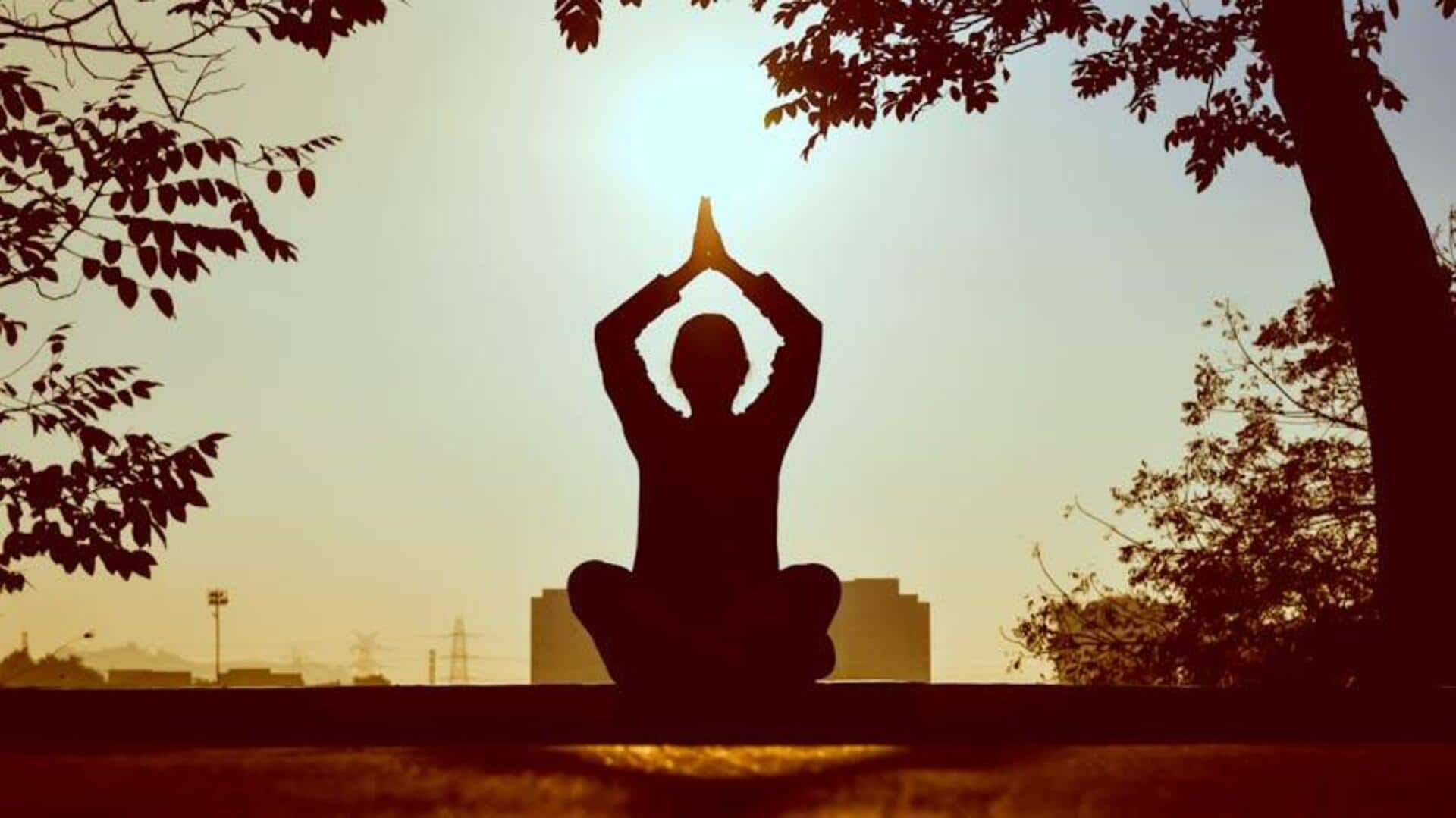
Yoga and stress relief: 5 myths debunked
What's the story
Yoga is often hailed as a remedy for anxiety, but that may not be entirely true. While yoga comes with several benefits, it is sometimes overstated that it helps with anxiety. Knowing how yoga interacts with mental health can paint a clearer picture. This article delves into common misconceptions about yoga's role in anxiety relief and presents insights into its actual impact.
Drive 1
The mind-body connection myth
Many believe that yoga automatically connects the mind and body, thereby reducing anxiety. But that's not the case for everyone. In fact, whether yoga reduces anxiety comes down to individual experiences and practices. Some may find that the physical postures alone don't do much to their state of mind without other mindfulness or meditation practices.
Drive 2
Overestimating immediate effects
Another common misconception is that practicing yoga will bring immediate relief from anxiety symptoms. In reality, like many other wellness practices, the benefits of yoga often require consistent practice over time. Expecting instant results can lead to disappointment, and may even increase stress levels if individuals feel they are not achieving desired outcomes quickly.
Drive 3
Variability in practice styles
Not all styles of yoga are equally effective for managing anxiety. Some forms focus more on physical fitness rather than relaxation or mindfulness, which might not address the psychological aspects of anxiety effectively. Understanding different styles and choosing one that emphasizes breath work and meditation can be crucial for those seeking mental health benefits.
Drive 4
Individual differences matter
As you may have guessed by now, the impact of yoga on anxiety varies greatly from person to person, owing to personal differences like lifestyle, stress levels, and past experience with mindfulness practices. What works well for one individual, might not be suitable for the other. Given these differences, it is critical to consider them while evaluating the potential benefits of making yoga a part of an anti-anxiety routine.
Drive 5
Complementary practices enhance benefits
Yoga alone may not do the trick as a standalone treatment for serious anxiety problems; it tends to be most effective when used alongside other therapeutic methods such as cognitive-behavioral therapy or counseling sessions. Merging complementary practices can improve overall well-being by tackling both physical tension with movement as well as emotional struggles with professional guidance or self-reflection techniques.